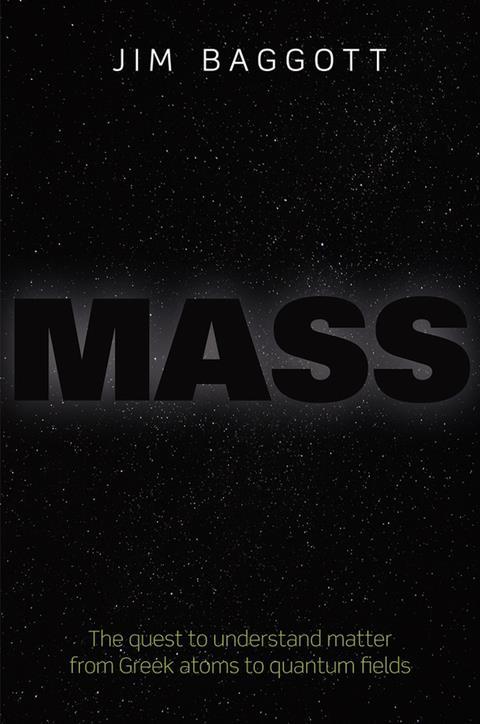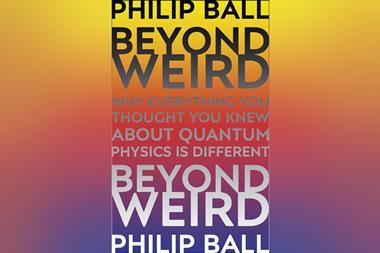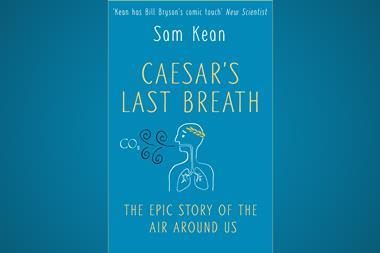Jim Baggott
Oxford University Press
2017 | 346pp | £20.00
ISBN 9780198759713
Buy this book from Amazon.co.uk

If the phrase ‘quantum theory’ makes your body shudder and your mind go blank, then this book will ignite your interest in the subject. Jim Baggott gently walks you through how Greek philosophers used the concept of atoms to explain what the universe is made of, to how modern scientists now use the concepts of quantum field theory to explain mass. Mass encompasses Newton’s laws, Einstein’s theory of relativity, the discovery of the Higg’s boson, modern quantum chromodynamics and the now standard model of particle physics. Baggott engages and informs you about our changing perceptions of what mass really is through light-hearted anecdotes of historical discoveries and thought experiments.
Upon opening this book, I was terrified that I would not understand a thing, in a similar way to my first undergraduate quantum lecture experiences. However, this book helped me get my head around concepts that my lecturers at university failed to explain to me for the entirety of my degree. The concepts are abstract ones so you have to read about them with an elastic mind. However, Baggott provides empathy in the form of humorous footnotes. It is clear that even he finds some of the topics challenging. He makes the text easier to read by throwing in some entertaining analogies (entropy is like the cables behind your TV, disorder will reign!) and adding interesting anecdotes (if you are partial to a G&T you will appreciate the science behind how Schweppes came to be). His knowledge and research into the scientists responsible for making advances in quantum field theory is clearly vast. My only quibble would be that the book sometimes presents scientific conclusions without detailing the experiments underlying them. Having said that, there is a list of references at the end for those who want to explore further.
I would highly recommend this book to anyone interested in understanding what the universe is made of. It would be a tough read for someone without a background in science, but it is a perfect choice for those with a curious mind. I would especially recommend it as useful reading for chemistry and physics students.












No comments yet